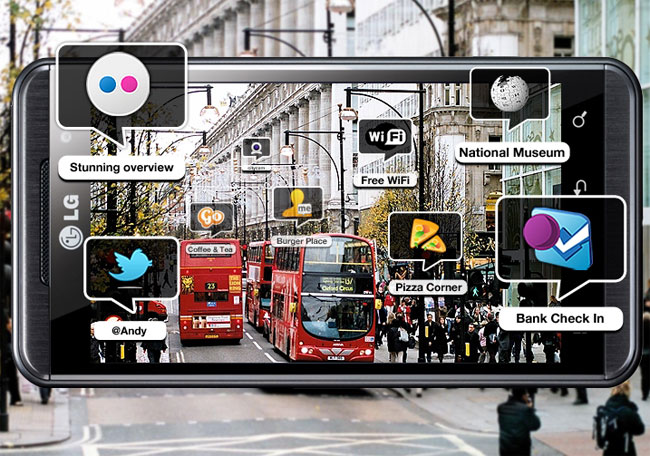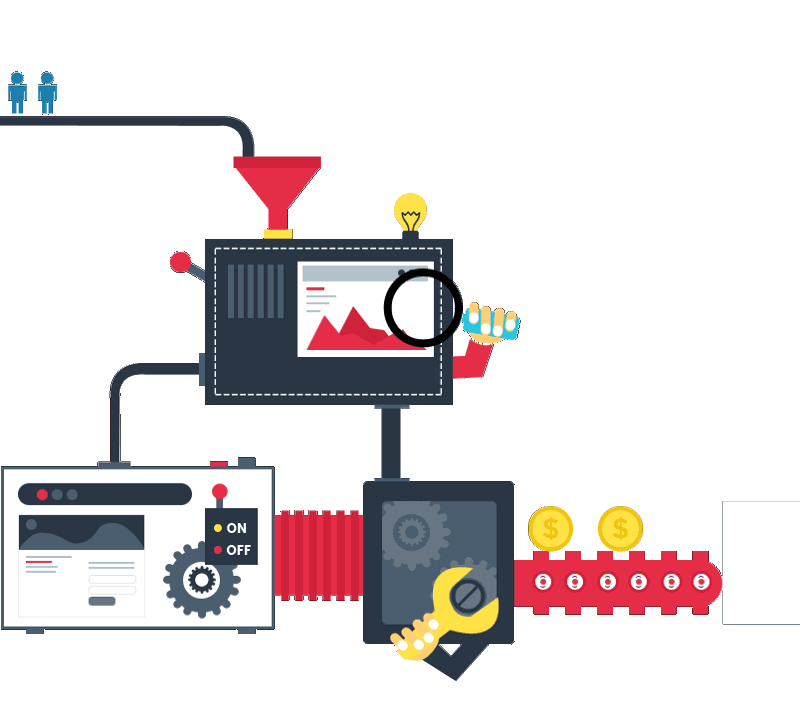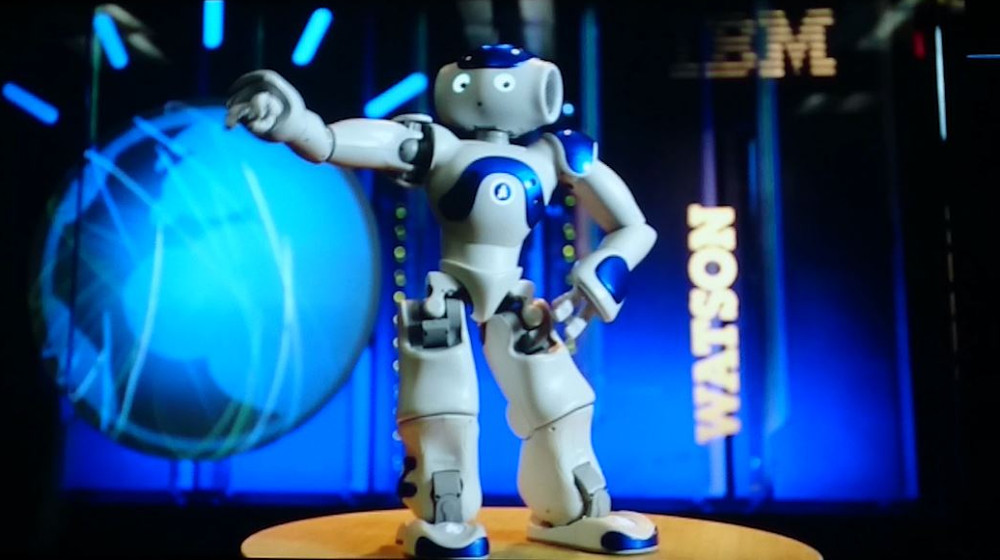
[vc_row][vc_column width=”1/1″]A simple example of the idea was depicted in the movie “Terminator”: a visitor from the future could see the text information on any objects in its path. But today this is not enough for us: soon we will have the opportunity to supplement our “interface” with media-format, a personal organizer, a personal electronic access to cards or goods tags, a map of the area and much more. Today we will tell you how augmented reality works.
What is augmented reality
Augmented reality (also known as supplemented) is a result of the introduction in a three-dimensional field of human perception of different virtual data that can be treated as elements of the real world. The aim of this technology is to complement the information about surrounding objects and to improve the perception of information.
[announce]
If you ever wondered about augmented reality how it works, its idea is as follows: when watching at the world using the camera of a smartphone or tablet (this is especially comfortable and easy because of big and qualitative screen), the user sees the real picture, complemented by a variety of background information to better know the world around us. So, pointing the camera at a picture, it is not a big problem to know the title, author, the history and even to buy a copy!
Apps for augmented reality
 Applications for augmented reality are countless, anotices well as programs that use this concept. In this article about how AR works, we`ll have a talk about some interesting types of augmented reality realizations, as well as the best programs that you can try on your gadget today. By the way, all the applications are free and available in Android Market! Notice, that some applications require an Internet connection and can use mobile traffic.
Applications for augmented reality are countless, anotices well as programs that use this concept. In this article about how AR works, we`ll have a talk about some interesting types of augmented reality realizations, as well as the best programs that you can try on your gadget today. By the way, all the applications are free and available in Android Market! Notice, that some applications require an Internet connection and can use mobile traffic.
- Probably the simplest type of augmented reality are the so-called QR codes. They are two-dimensional bar codes, which at the time was invented by the Japanese to read the data about goods in the warehouse.
Unlike a ordinary one-dimensional barcode, a QR code can encode much more information (more than 7 thousand numbers, or more than 4 million letters). For example, a text fragment, an e-business card or link to the site in the web.
- There is a similar technology – color barcodes Microsoft TAG. They are recognized as easily as QR codes, but can store more data in the same area on the surface. But they are still not very popular.
- Another great realization of augmentednary reality is Google Goggles. It is a visual search from Google that gives you more info about a particular subject, even if the latter has no QR code. Features of the program are really impressive. For example, Google Goggles recognizes landmarks, paintings, various products or logos, books, CDs and any other text. Just take a picture of the desired object (or find the picture in the gallery) and the program will search for it in Google! The program also has video mode, but the recognition quality of the items in it is slightly worse.
There are also many applications that can impose information about the surrounding objects on the image from the smartphone or tablet camera. It works as follows. The utility detects your location (via GPS sensors), direction (via digital compass) and the distance to objects of interest (restaurants, sights, other users, who have spotted themselves in the locator or Google services like Foursquare, etc.). After this the program imposes on the camera objects of interest and voila, you feel like a terminator! Big companies like Google are planning to use AR in glasses for computer work to augments the objects you see on the display. Also, AR works in Kuder, a huge company which helps people to find career opportunities.[/vc_column][/vc_row]


